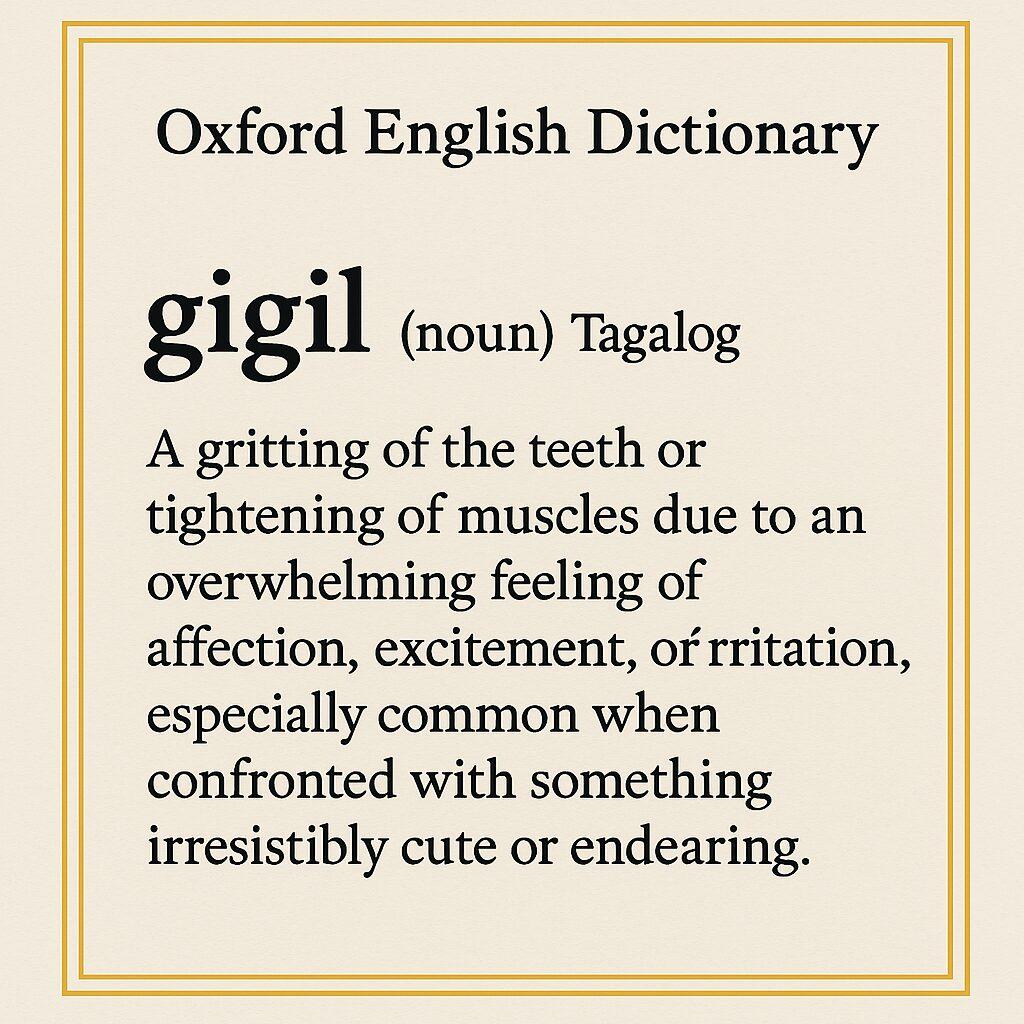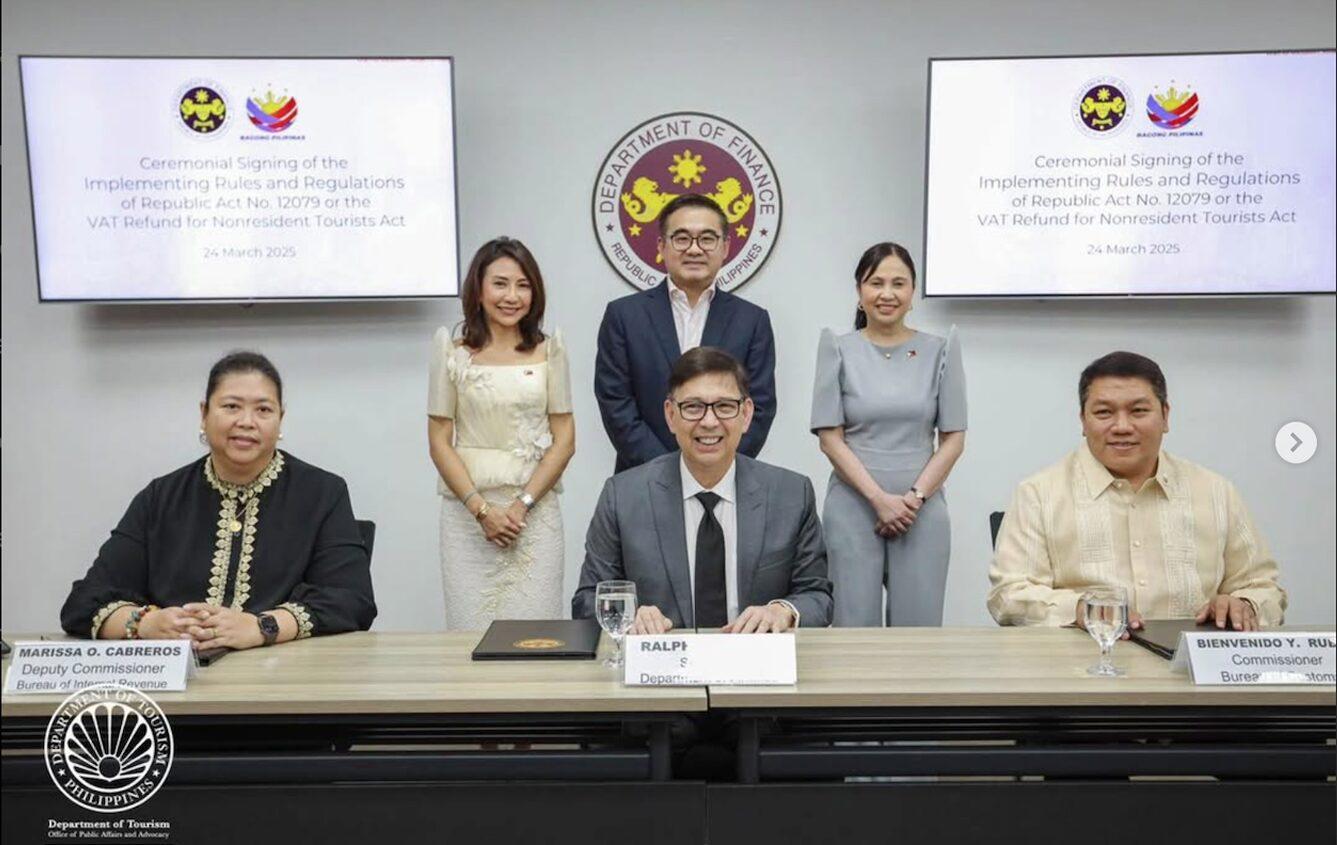The late Martin Luther King Jr. once said, “We must develop and maintain the capacity to forgive. He who is devoid of the power to forgive is devoid of the power to love. There is some good in the worst of us and some evil in the best of us. When we discover this, we are less prone to hate our enemies.”
Of all the virtues – that are much easier conceived than achieved – the virtue of forgiving transgressions holds the most weight for me.
I say that because it affects so many aspects of life. As what Martin Luther King Jr. said, “he who is devoid of the power to forgive is devoid of the power to love.” Forgiveness equates love and goodness and peace and wisdom. I can go on and on but you get the point.
Such is the point that a number of people who are for the hero’s burial of former Philippine President Ferdinand Marcos were making. For them, the former president and dictator deserves this burial because he contributed a lot to our nation’s progress. Plus, it’s time to move on. On the other hand, protestors do not see this as a question of whether they are ready to move on or not, rather a travesty on what our country has fought for during the EDSA revolution.
The 21-year administration of Marcos is notorious for its many human rights abuses. Amnesty International recorded about 70,000 people imprisoned, 34,000 tortured, and 3,240 were killed from 1972 to 1981 – the years when the Philippines was placed under martial law.
Yet, a decision has been made. Despite public opposition, the Supreme Court ruled that Marcos be entombed in the cemetery, where former presidents, soldiers and national artists have been interred.
A 21-gun salute preluded the ceremony earlier in November. Soldiers in parade dress and ceremonial rifles stood to attention at the cemetery after Marcos’s body was secretly flown to the venue in an apparent effort to avoid protests.
On one hand, I was relieved because the long-running issue of whether or not the former president should be buried at the Libingan ng mga Bayani has finally been put to rest. However, I also empathize with some of my fellow Filipinos who are opposed to the idea of a “Heroes burial.” I feel their pain and I understand where they are coming from. I myself witnessed and experienced Martial Law. I remember having a curfew – and actually keeping it for fear of being “reprimanded.”
But I hope I won’t gain enemies when I say that I think it is time this issue is laid to rest. As I’ve said in my introduction, forgiving is key. I said, forgive – NOT forget. Those are two different things – and sadly, is misused (or misperceived) all the time. There is a saying, “To forgive is to forget.” But for me, that’s an illusion. You may be able to move on from a mistreatment or harm done to you but it’s not easy to forget the pain and the cost of it.
I think – and again, this is just my opinion – we should forgive the former president and not let anybody else suffer more, including – and most especially – his family. The “sins of the father are not the sins of the children.” We don’t necessarily need to forget all the horrible things that happened during his regime. I don’t suggest that at all. It’s impossible to just erase all those tragic memories. Forgiving doesn’t always mean you get an amnesia and forget what has been said and done. It’s the ideal but not the norm – and definitely not physically and mentally possible. We can move on without forgetting. There will always be a part of us that would remember. But we can – and we should – try to forgive.
Whenever I hear comments from the opposition camp, I sympathize. But I also consider the many things the Marcos Administration achieved. Infrastructure development is one of them.
Infrastructures that were unprecedented in the history of our country such as the Cultural Center of the Philippines, Folk Arts Theatre, Philippine International Convention Center, Makiling Center for the Arts (National Arts Center), Malacañang ti Amianan in Laoag, Nayong Pilipino, Museum for Native Art in Tacloban, and Palace in the Sky. These projects provided venue for the Filipinos to highlight cultural heritage, propagate arts and culture, and generate tourism.
Also, during Marcos’ time, there was great concern on public health. Specialty hospitals like the Philippine Heart Center, Lung Center, Kidney Institute, and Philippine Children Hospital were built. These hospitals opened access to the nation’s best doctors.
More road networks and bridges were constructed during his time. The first modern toll-way, the Manila North Diversion Road, precursor of the North Luzon Expressway (Nlex), the Marcos Highway to Baguio increased the City’s income, and the San Juanico Bridge that links the islands of Samar and Leyte were constructed through his spectacular civil-works program.
Although Marcos was branded as a corrupt, heartless dictator and a human rights violator by tales passed on from generation to generation, there is no denying that his achievements were remarkable and still impacts our country’s system to this day.
“There is some good in the worst of us and some evil in the best of us. When we discover this, we are less prone to hate our enemies,” said. Martin Luther King Jr.
We all make mistakes and we all need forgiveness. We can’t bring Marcos back to life and force him to beg for forgiveness but we can wake up everyday with less grudges and a forgiving heart.
***
Monet Lu is a Marikina-born, award-winning celebrity beauty stylist with his own chain of Monet Salon salons across Southern California and Las Vegas, Nevada. Ultimately, Monet is known as an all-around artiste who produces sold-out fashion and awards shows as well as unforgettable marketing campaigns. Monet is also the founder of the revolutionary all-natural beauty products such as Enlighten, your solution to discoloration . To contact Monet, please visit www.monetsalon.com or email him at [email protected]






